€3.98
/ per pack
Choose seeds per pack:
Botanical nomenclature: Aloe barberae
Common name: aloe tree, giant baby of africa
Family: asphodelaceae
Origin: south africa
Flowering: autumn / winter
Height: 18 meters
Climate: hot and dry, tropical and sub-tropical
Luminosity: full sun or partial sun
Aloe barbareae is a giant in the gene aloe
The species should be protected against frosting as young.
A little of history:
Aloe barberae was discovered by mary elizabeth barber, who was a plant collector in the former republic of trasnkei (south africa). She sent plant samples and her flowers for the royal botanic garden, in kew, where it was named by robert allen dyer (1874) in his honor. Subsequently, it was also found in kwazulu-natal (south african province) by the famed traveling explorer and painter thomas bozen in 1873, who also sent an example of kew, where he was named aloe baineii. Aloe barberae already known as aloe bainesii for many years, aloe barberae was the first name given to that plant, and has priority according to the international code of botanical nomenclature.
It is easily spreaded by seeds. Easy to care and low maintenance when planted on soils well drawn, especially in decline, and can tolerate any shadow when young.
Flowers roses color up your terminal branches during autumn / winter.
In their natural habitat, the seeds germinate in the shadow of other plants, where the soil is rich in husband and argiloso and its natural pollinator are the canarines.
Providing space for its full growth, the majestic species become a true living sculpture and a focal point to any garden.
| Weight | N/A |
|---|

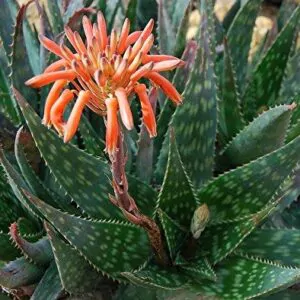
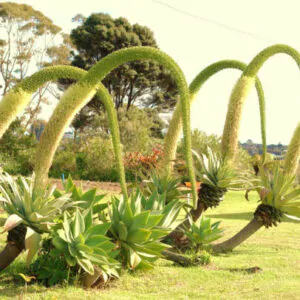
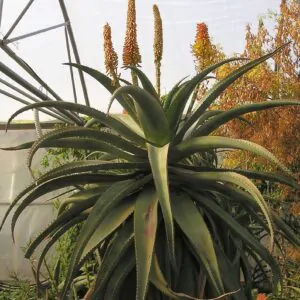
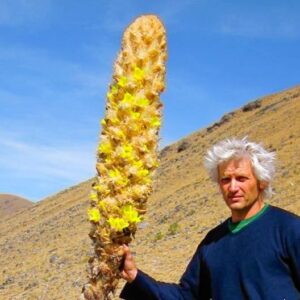
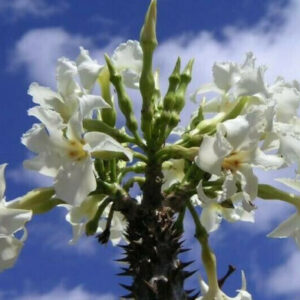
| Cookie | Duration | Description |
|---|---|---|
| cookielawinfo-checkbox-analytics | 11 months | This cookie is set by GDPR Cookie Consent plugin. The cookie is used to store the user consent for the cookies in the category "Analytics". |
| cookielawinfo-checkbox-functional | 11 months | The cookie is set by GDPR cookie consent to record the user consent for the cookies in the category "Functional". |
| cookielawinfo-checkbox-necessary | 11 months | This cookie is set by GDPR Cookie Consent plugin. The cookies is used to store the user consent for the cookies in the category "Necessary". |
| cookielawinfo-checkbox-others | 11 months | This cookie is set by GDPR Cookie Consent plugin. The cookie is used to store the user consent for the cookies in the category "Other. |
| cookielawinfo-checkbox-performance | 11 months | This cookie is set by GDPR Cookie Consent plugin. The cookie is used to store the user consent for the cookies in the category "Performance". |
| viewed_cookie_policy | 11 months | The cookie is set by the GDPR Cookie Consent plugin and is used to store whether or not user has consented to the use of cookies. It does not store any personal data. |